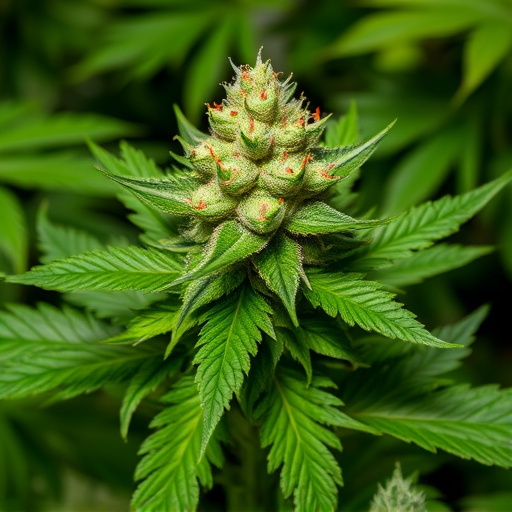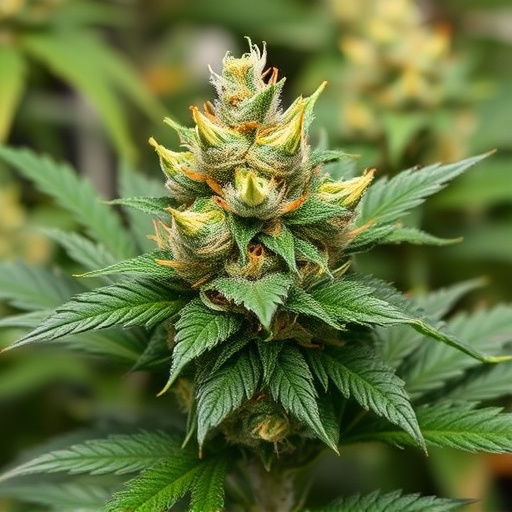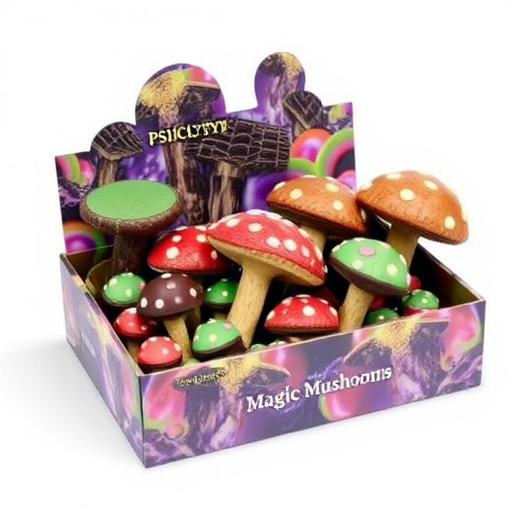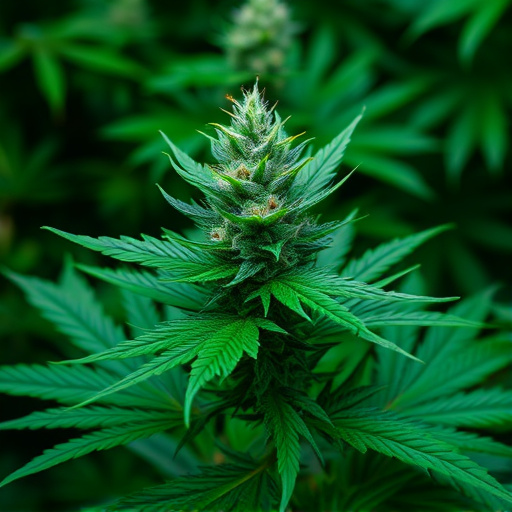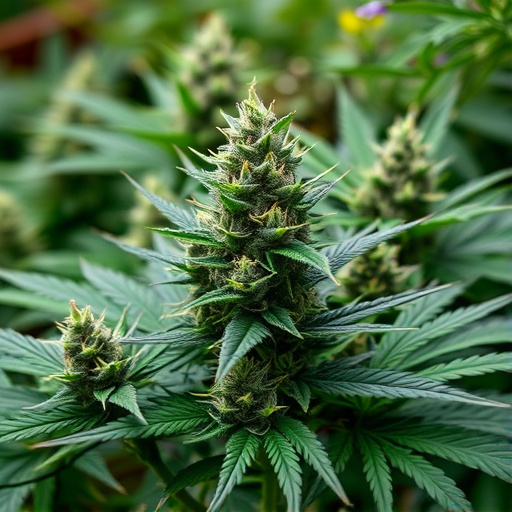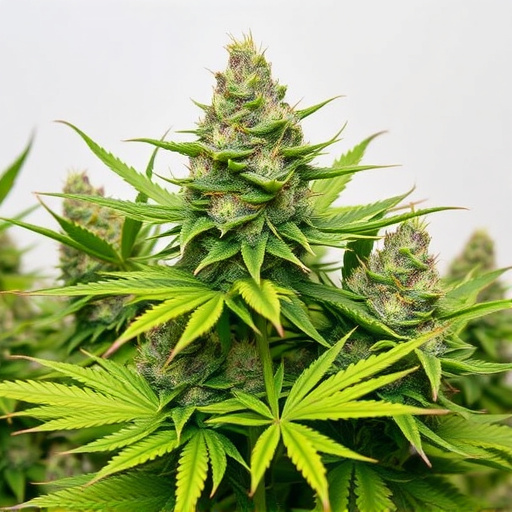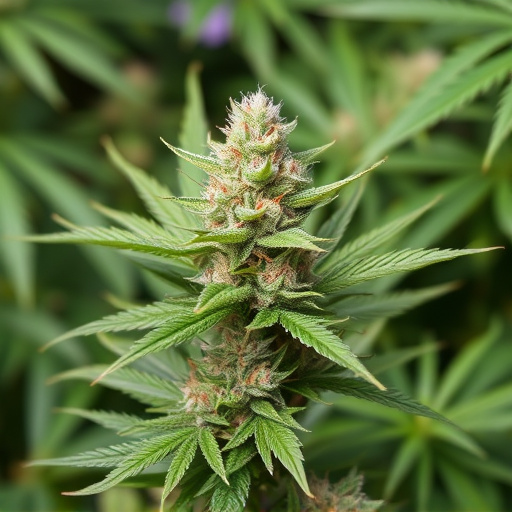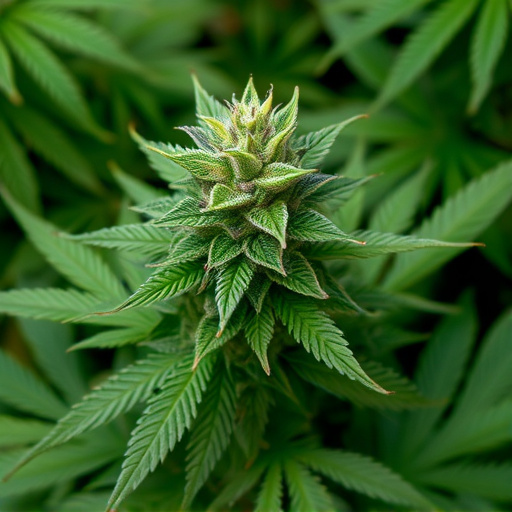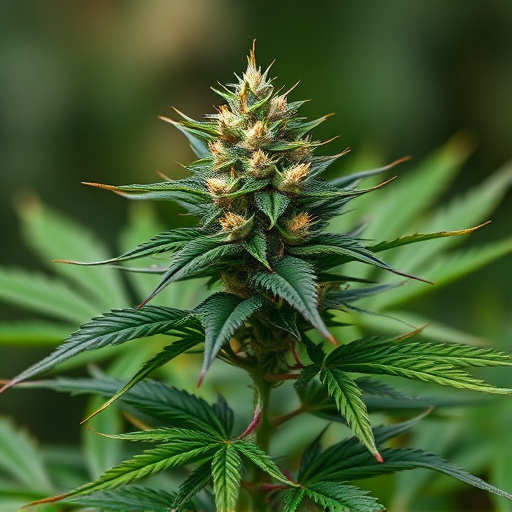Proper storage of medical cannabis strains (18-21°C/64-70°F, 50-60% humidity, dark) using airtight containers and vacuum-sealed bags extends shelf life without compromising quality or potency, ensuring patients receive fresh, effective treatment. Adhering to these conditions is crucial for preserving the unique chemical profiles of medical cannabis strains.
In the realm of medical cannabis, ensuring optimal freshness and quality is paramount. Understanding the sensitivity of these delicate strains is the first step towards effective storage. This article delves into crucial factors like temperature, humidity, and light exposure, providing best practices to preserve the integrity of medical cannabis strains. By following these guidelines, patients and dispensers can maintain maximum freshness, potency, and efficacy.
- Understanding the Sensitivity of Medical Cannabis Strains
- Factors to Consider for Optimal Storage Conditions
- Best Practices for Preserving Freshness and Quality
Understanding the Sensitivity of Medical Cannabis Strains
Medical cannabis strains are highly sensitive to their storage environment, requiring careful consideration to maintain optimal freshness and potency. These delicate plants can easily lose their therapeutic benefits if exposed to adverse conditions. Factors such as temperature, humidity, and light play pivotal roles in preserving the integrity of medical cannabis.
Proper storage ensures that the unique chemical compounds and aromas of each strain remain intact, providing patients with consistent and effective medicine. For instance, storing medical cannabis in airtight containers at cool temperatures can significantly slow down the aging process, allowing for extended shelf life without compromising quality. Understanding these sensitivities is crucial when ensuring access to fresh, potent medical cannabis strains for those who rely on them for treatment.
Factors to Consider for Optimal Storage Conditions
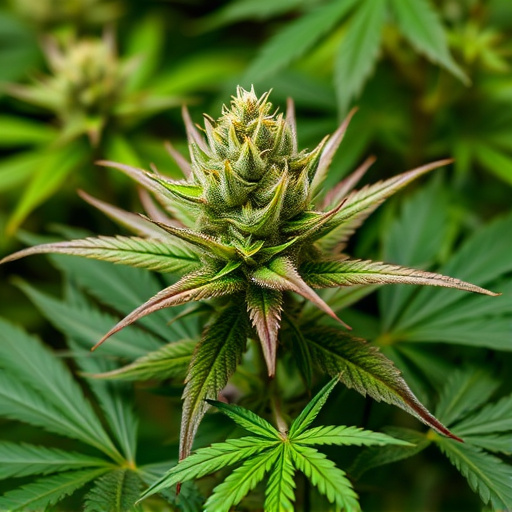
When it comes to storing medical cannabis strains, understanding optimal storage conditions is key to maintaining their quality and potency. Several factors play a crucial role in preserving freshness, ensuring patients receive the most effective treatment. Temperature regulation is one of the primary considerations; consistent cool temperatures between 18-21°C (64-70°F) create an ideal environment, slowing down the aging process. Humidity levels must also be carefully monitored, as too much moisture can lead to mold growth and degradation, while too little can cause the plant material to dry out and lose its effectiveness.
Additionally, proper storage requires a dark and secure space, protecting the strains from light exposure which can break down cannabinoids. Airtight containers or vacuum-sealed bags are recommended to minimize oxygen exposure, slowing oxidation and preserving terpenes, responsible for the unique flavors and aromas of different medical cannabis strains.
Best Practices for Preserving Freshness and Quality
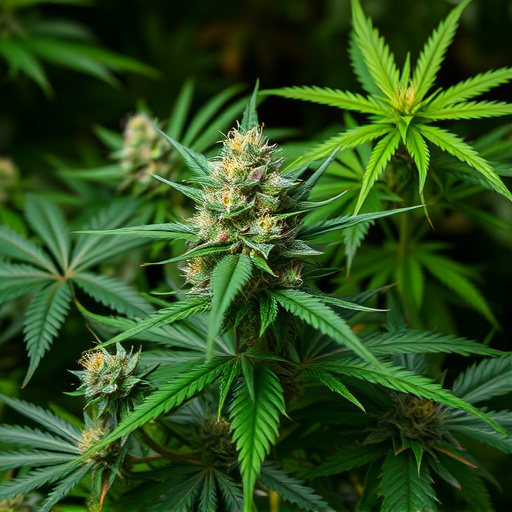
To maintain maximum freshness and quality in medical cannabis strains, proper storage practices are paramount. First and foremost, store your strains in airtight containers to prevent oxidation and moisture absorption, which can significantly reduce potency and terpene profiles. Keep them away from direct sunlight, as UV rays can degrade cannabinoids and terpenes over time. Ideal storage conditions include a cool, dark, and dry environment with a consistent temperature between 18-21°C (64-70°F) and humidity levels around 50-60%. Consider using vacuum-sealed bags or silica gel packets to further inhibit moisture ingress.
Additionally, avoid exposing your strains to excessive heat or cold shocks, as these can cause structural damage to the plant material. Keep them in a stable environment, and for long-term storage, consider freezing options for preserving potency. Regularly check on your stored strains, rotating stock to ensure nothing goes bad, and always be mindful of the source and quality of your cannabis strains to begin with.
Proper storage is key to preserving the quality and freshness of medical cannabis strains. By understanding the unique sensitivities of these plants and implementing best practices, patients can ensure they receive the maximum therapeutic benefits. Optimizing storage conditions, from temperature control to light exposure, allows for the retention of potent compounds and desirable flavors, ultimately enhancing the overall experience for those relying on medical cannabis as a treatment option.





